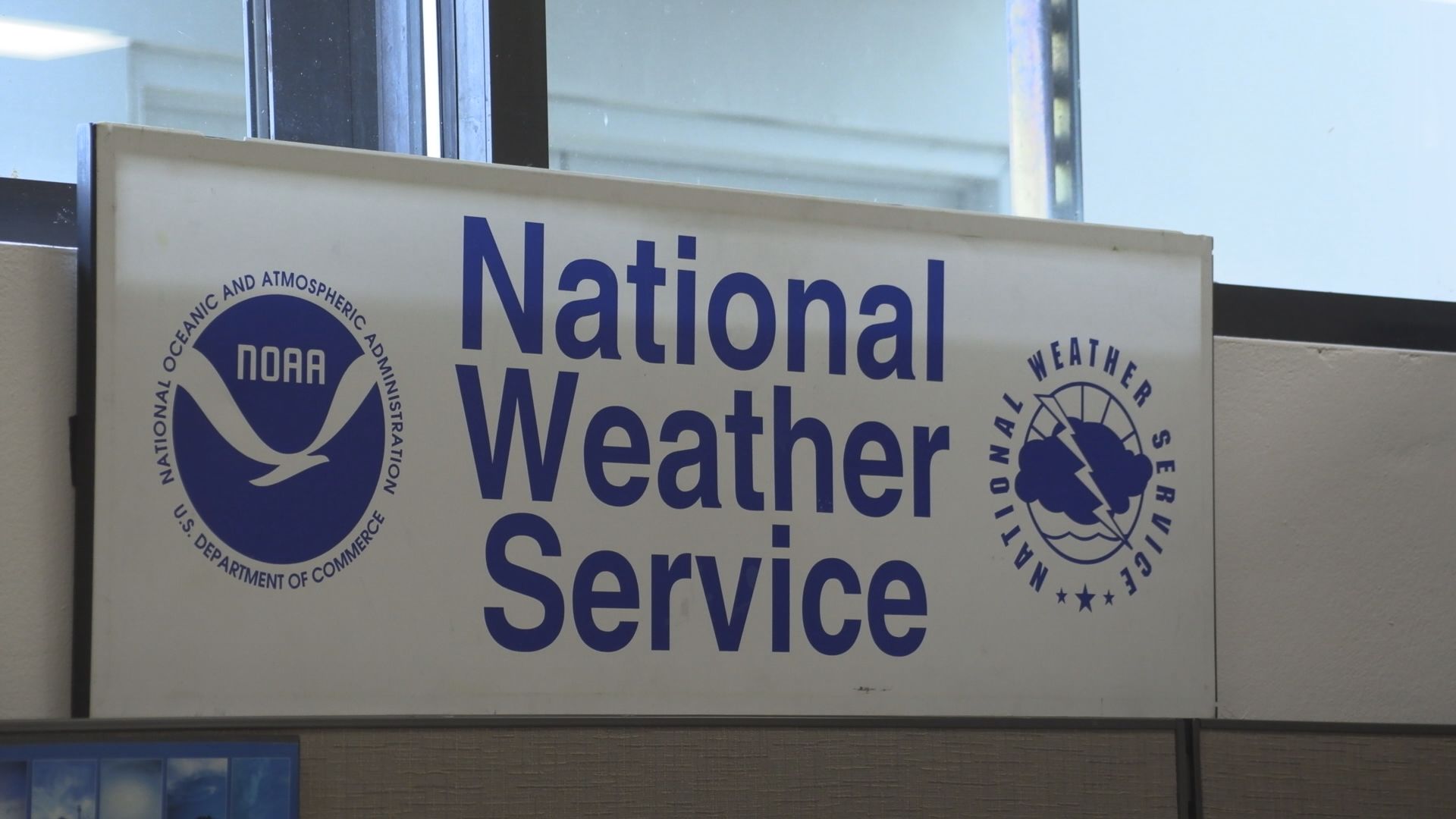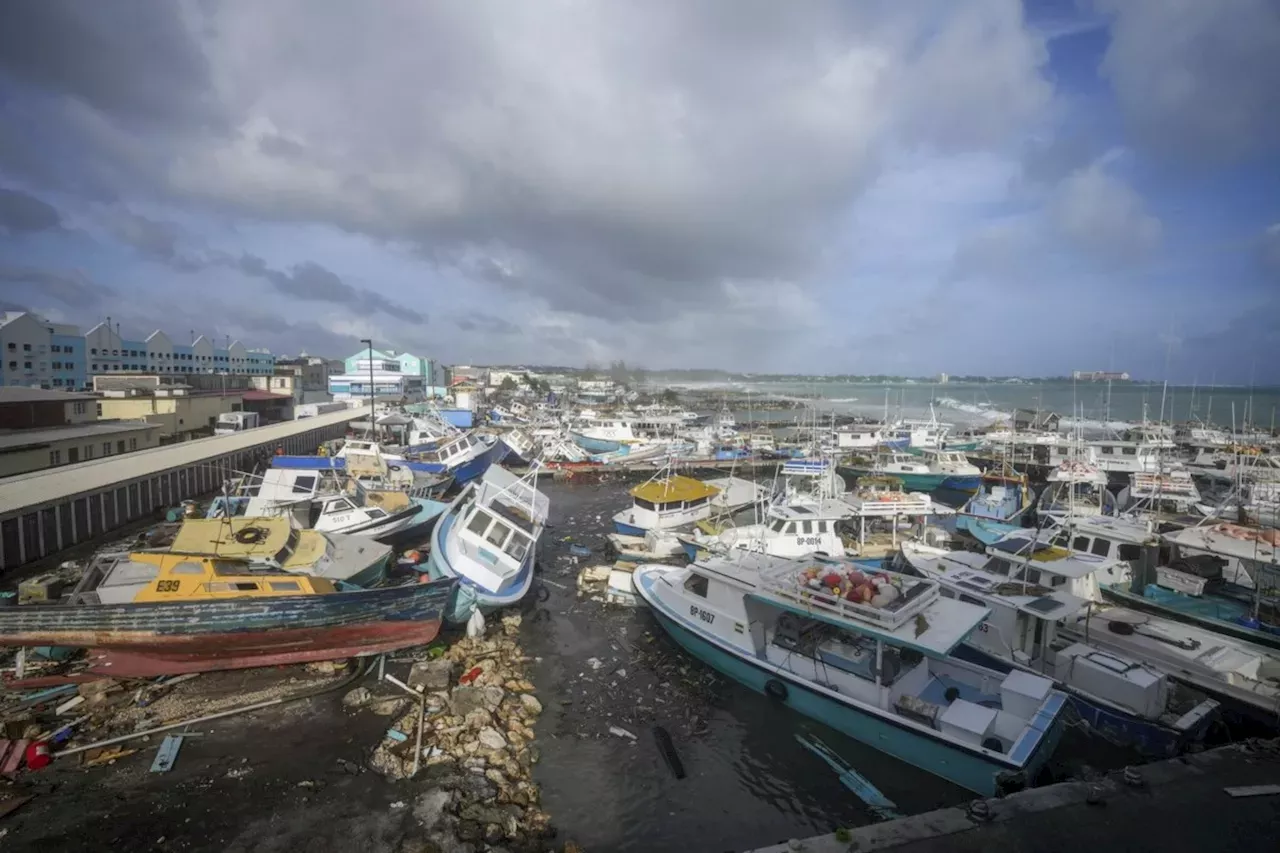Current Status and Impact

Hurricane beryl now – As of the latest update, Hurricane Beryl has strengthened into a Category 2 hurricane with maximum sustained winds of 100 mph. It is currently located approximately 450 miles southeast of Bermuda and moving west-northwest at 12 mph.
As Hurricane Beryl continues its destructive path, staying informed about its movements is crucial. Advanced weather radar technology provides real-time updates, allowing us to track the storm’s progress and anticipate its potential impact. By staying connected to these vital resources, we can make informed decisions to ensure our safety and the well-being of our communities as Hurricane Beryl approaches.
The National Hurricane Center (NHC) has issued a hurricane warning for Bermuda, as the storm is expected to pass near or over the island on Thursday night. A tropical storm warning is in effect for the southeastern coast of the United States from North Carolina to Florida.
Evacuation Orders
Evacuation orders have been issued for low-lying areas of Bermuda, including the parishes of St. George’s, Hamilton, and Paget. Residents in these areas are urged to evacuate immediately.
Historical Context and Comparison: Hurricane Beryl Now
Hurricane Beryl is the first major hurricane to make landfall in the Caribbean this season. It is also the strongest storm to hit the region since Hurricane Irma in 2017.
Historically, the Caribbean has been hit by numerous hurricanes, some of which have caused widespread damage and loss of life. In 1780, the Great Hurricane of 1780 devastated the islands of Martinique, Guadeloupe, and Saint Lucia, killing over 20,000 people. In 1928, the Okeechobee Hurricane killed over 2,500 people in Florida and the Bahamas. And in 1998, Hurricane Mitch caused widespread flooding and mudslides in Central America, killing over 11,000 people.
Comparison to Other Notable Storms
Hurricane Beryl is comparable in strength to Hurricane Irma, which caused widespread damage in the Caribbean and Florida in 2017. However, Beryl is moving more quickly than Irma, which could help to limit the amount of damage it causes.
Beryl is also comparable to Hurricane Maria, which devastated Puerto Rico in 2017. However, Maria was a Category 5 hurricane, while Beryl is a Category 4 hurricane. This means that Beryl is likely to cause less damage than Maria, but it could still cause significant damage to the Caribbean islands it hits.
Potential Long-Term Effects
The long-term effects of Hurricane Beryl will depend on the severity of the storm and the areas it hits. However, it is likely that the storm will cause widespread damage to infrastructure, homes, and businesses. The storm could also lead to flooding, landslides, and other hazards that could displace residents and disrupt livelihoods.
Preparedness and Response

In the face of an approaching hurricane, preparedness is paramount. Individuals and communities must take proactive steps to safeguard themselves and minimize the impact of the storm. Emergency management agencies play a crucial role in coordinating response efforts, implementing evacuation plans, and providing essential support.
Individual Preparedness
To ensure personal safety during a hurricane, individuals should assemble an emergency kit containing essential supplies, such as non-perishable food, water, a first-aid kit, medications, and important documents. Identifying evacuation routes and establishing communication plans with family and friends are also critical.
Community Preparedness, Hurricane beryl now
Community-wide preparedness involves collaboration between residents, local authorities, and emergency services. Establishing neighborhood watch programs, clearing drainage systems, and securing loose objects can help mitigate the impact of the storm. Community centers often serve as evacuation shelters, and it’s essential to familiarize oneself with their locations and protocols.
Emergency Management Agencies
Emergency management agencies at local, state, and federal levels are responsible for coordinating disaster response efforts. They develop hurricane preparedness plans, issue evacuation orders, and provide resources to affected communities. During a storm, these agencies work tirelessly to ensure public safety, provide emergency assistance, and facilitate recovery efforts.
Hurricane Preparedness Table
The following table Artikels key hurricane preparedness measures:
| Category | Measure |
|---|---|
| Supplies | Emergency kit with food, water, first-aid kit, medications, important documents |
| Evacuation | Identify evacuation routes, establish meeting points, secure transportation |
| Communication | Establish communication plans with family and friends, charge electronic devices, have backup batteries |
| Home | Secure loose objects, clear drainage systems, board up windows |
| Pets | Prepare pet emergency kits, identify pet-friendly evacuation shelters |
Hurricane Beryl is making landfall, and the storm is expected to bring heavy rain and flooding to the region. For up-to-date information on the storm’s path and intensity, visit our storm tracker. The storm tracker provides real-time updates on the storm’s location, wind speed, and predicted path, so you can stay informed and make informed decisions about your safety.